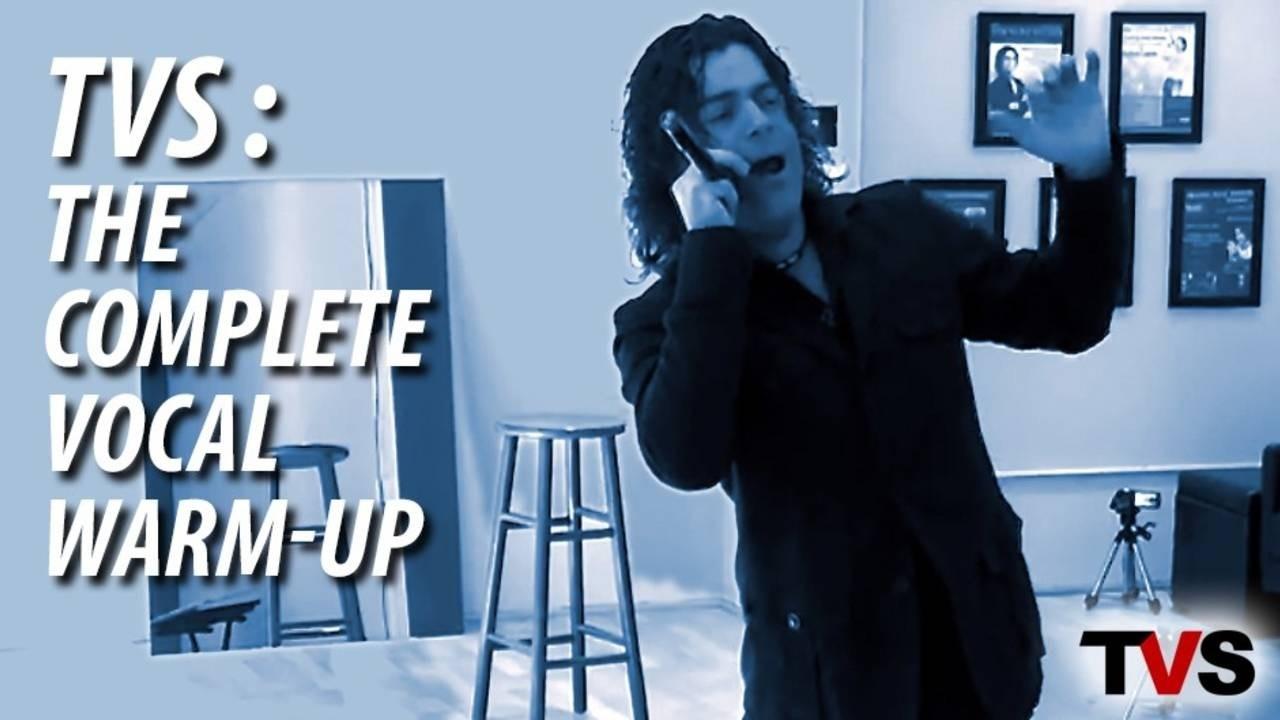Warm up Your Voice! Be Smart About It!
Aug 10, 2017
It can be difficult as a beginning vocalist to realize the value of a warm up. A beginner might not know which exercises to do for their warm ups and how long to do them for. As a result, many singers get in the habit of either not warming up enough or “warming up” for so long that their voices are already experiencing signs of tiredness by the time they actually want to start singing. What’s more, these habits tend to carry over as the singers become more advanced and they start dealing with more demanding music.
In the video above, Robert Lunte answers a question about a hypothetical professional singer experiencing “rawness” and discomfort in their voice after only a few gigs in a row. In his answer, Maestro Lunte ultimately determines that the source of the singer’s problem is partially vocal technique and stamina management during warm up routines.
One of the Most Common Sources of Singing Discomfort is doing the Wrong Exercises as Part of a Warm up Routine
One of the most common sources of discomfort when singing on a regular basis is doing the wrong exercises as part of a warm up routine. Warm ups are most effective when they are light and work on your top-down phonation (resonate in the mask). This is because top-down positioning helps with the relaxation of the constrictors (muscles that induce straining and choking) and thus, reduce the amount of physical effort required for singing.
If the first thing a singer does when they start to use their vocal apparatus is heavy singing, it is no wonder then that their voices would wear much quicker than if they were to start light and ease into more demanding singing as needed. In this regard, singers are much like athletes. A marathon runner doesn’t run marathons to train for another marathon. Likewise, singers should treat their voice accordingly; beginning with a light mass phonation and maintaining a top-down position when singing as much as possible.
For Warm ups, the best exercises are those that vibrate the resonators. You should feel the vibration in your nose, the upper palate, the teeth, and in your mouth when singing. Do sirens with brighter harmonics that include practice of twang, quack, and compression. Another great set of exercises to warm up are the onset series found in The Four Pillars Singing.
WARM UP EVERYWHERE YOU GO WITH THE DOWNLOADABLE WORK FILES IN YOUR COPY OF THE FOUR PILLARS OF SINGING!! Click here!
Free Vocal Mini-Course
🗝 Discover the one singing skill that will unlock a new singing future for you.
🗝 Never hear "Sorry, it's not what we're looking for." at an audition ever again.
🗝 Learn the simple perspective shift you can make right now that will change everything about how you practice singing.
We hate SPAM. We will never sell your information, for any reason.

